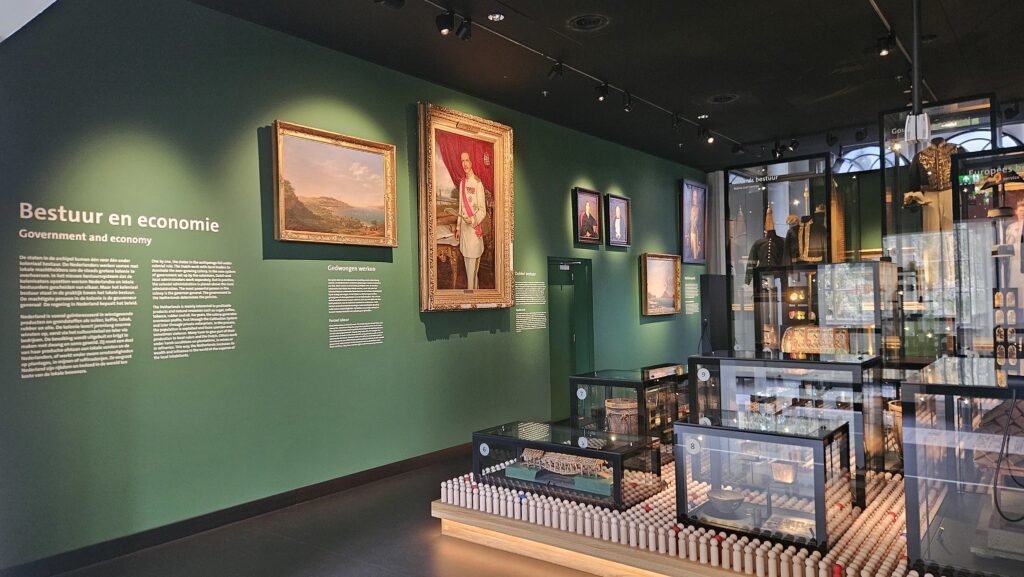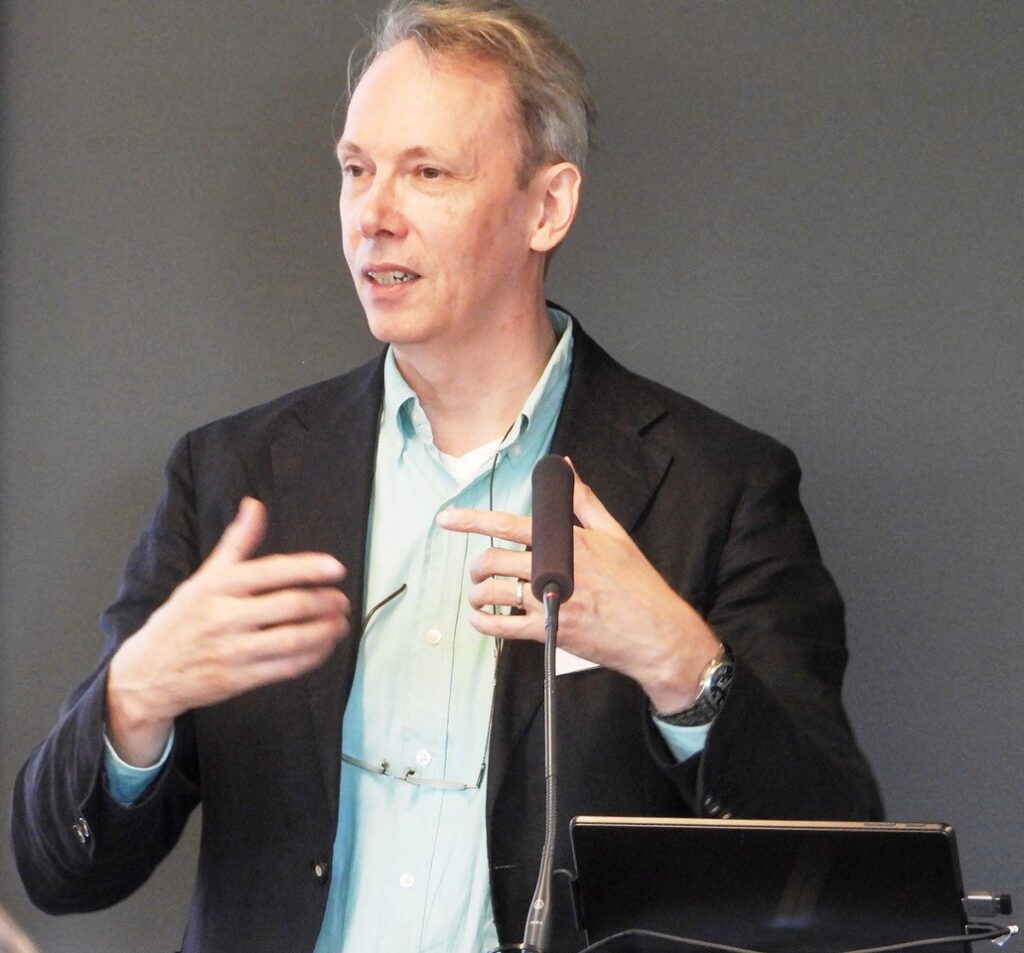What the museum is about
Museum Bronbeek, in Arnhem, is the Netherlands’ national centre for understanding the colonial-military past of the Kingdom of the Netherlands. It sits on the historic Bronbeek estate, which also houses the Royal Home for Former Military Personnel. The institution’s official name is Koninklijk Tehuis voor Oud-Militairen en Museum Bronbeek (KTOMM) and it operates under the Ministry of Defence. Its collections and programmes focus especially on the Netherlands East Indies (NEI) and the Royal Netherlands East Indies Army (KNIL).
Why this matters to Camp Columbia
Camp Columbia Heritage Association (CCHA) works closely with Museum Bronbeek on research related to the Netherlands East Indies government-in-exile in Brisbane and the Dutch presence at Camp Columbia (Wacol). Bronbeek maintains extensive archives, images and research datasets that directly illuminate Brisbane’s wartime role and the wider Dutch WWII story in Australia—resources we draw on for exhibitions, articles and provenance work.
Facing a difficult history

In May 1940 the Netherlands fell to Germany and NEI neutrality offered no shield against looming Japanese aggression. The political climate in the NEI had already hardened—what some would call a police-state. After Japan’s invasion and the KNIL’s capitulation on 8 March 1942, the colonial government effectively ceased to exist. Elements moved to Australia planning a post-war return, but instead encountered revolution, decolonisation and the repatriation of much of the European colonial elite to the Netherlands. The repercussions—national trauma and social amnesia—still echo in Dutch society and academia. Your questions—how a national museum addresses trauma and amnesia, how it opens sustained conversations about post-war legacies, and why this remains relevant today—sit at the heart of Bronbeek’s current mission.
The new permanent exhibition
In 2024 Bronbeek opened a new permanent exhibition, ‘Through the Eyes of…’, which examines Dutch colonialism in Indonesia through multiple perspectives—combining rigorous scholarship with personal narratives, and tracing the rise and fall of the colony, war, occupation, independence and the ways these histories are remembered in both Indonesia and the Netherlands.
Research, data and provenance work
Bronbeek is a founding partner in the Colonial Collections Consortium, a national collaboration with NIOD, the Cultural Heritage Agency (RCE), the Rijksmuseum and the Wereldmuseum. The consortium supports provenance research and accessibility for colonial-era collections—work that dovetails with CCHA’s interest in tracing objects, records and stories that link the NEI presence in wartime Australia to communities today.
People

Museum director Pauljac Verhoeven (art history and archaeology, Leiden) has worked in collection management since 1991 and has led Bronbeek since 2004. His interests include the transfer of military technology within colonial networks, WWII iconography in the NEI and the Burma–Thai railway—expertise that directly informs the museum’s current programme and its engagement with decolonisation.
Podcast. SBS Dutch Radio interview with PaulJac Verhoeven director Museum Bronbeek
How CCHA and Bronbeek collaborate
For CCHA, Bronbeek is a key partner: we exchange research, compare archival leads and align interpretation on the NEI government-in-exile in Brisbane. Their holdings—spanning KNIL personnel, civil service records and Japanese internment materials—help fill gaps in Australia-based archives and strengthen our case that Brisbane deserves recognition as the Allied capital of Australia during WWII. As we continue to document Camp Columbia and its Dutch connections, Bronbeek’s collections and curatorial approach offer an essential foundation for accurate, inclusive storytelling.
